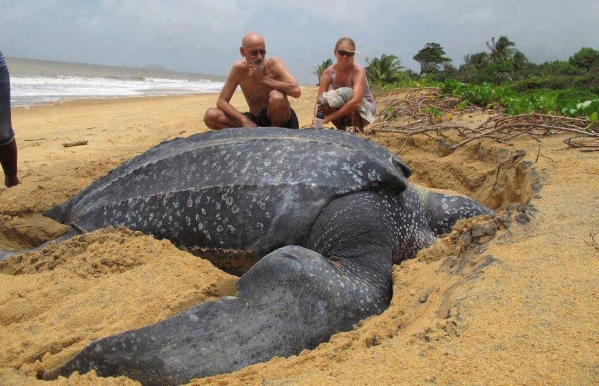The Wildlife Protection and Conservation Program at the CIIDIR Sinaloa campus of Instituto Politécnico Nacional (National Polytechnic Institute), has developed a series of research projects focusing on sea turtle conservation in northwest Mexico. For one of their projects, researchers released (on the Playa Las Glorias beach in the city of Guasave) three sea turtles who can now be tracked using satellite tracking devices affixed to their shells. The main purpose is to allow researchers to determine the sea turtles’ migration routes.
These three Loggerhead sea turtles (Caretta caretta) now carry transmitters that are connected to the ARGOS satellite system. This should enable their location to be closely tracked for at least a year. The migration of these three sub-adult Loggerhead turtles – named Umi, Baawe and La Hija del Señor – can be followed via the Seaturtle.org website:
These sea turtles nest in Japan, but then migrate to the coasts of Hawaii and Mexico to feed and develop. Experts say that they will only migrate back to Japan once they have reached sexual maturity.
This research is only one of many that involves tracking sea turtles. Off the Gulf Coast of Mexico , a longer-established study has sought to determine the movements of Kemp’s Ridley turtles (Lepidochelys kempii), many of which nest in Tecolutla, Veracruz. These turtles nest an average of 2.5-3.0 times per season, and tracking their movements should help predict where and when the turtles might nest, helping conservationists identify and protect nesting sites.
- Kemp’s Ridley sea turtle migration map (2014)
- Kemp’s Ridley sea turtle migration map (2012-2013)
Related posts:

Sorry, the comment form is closed at this time.